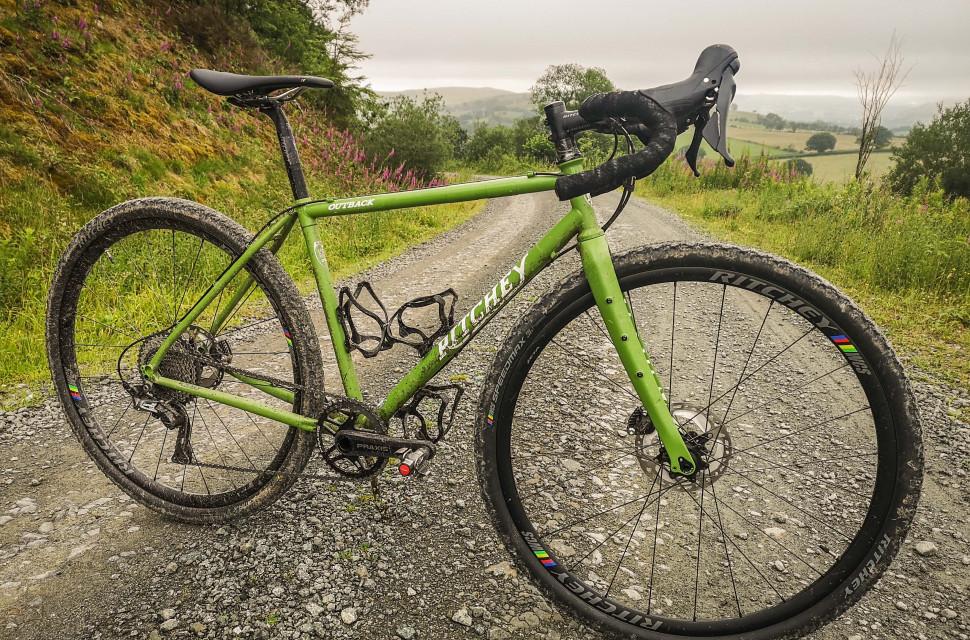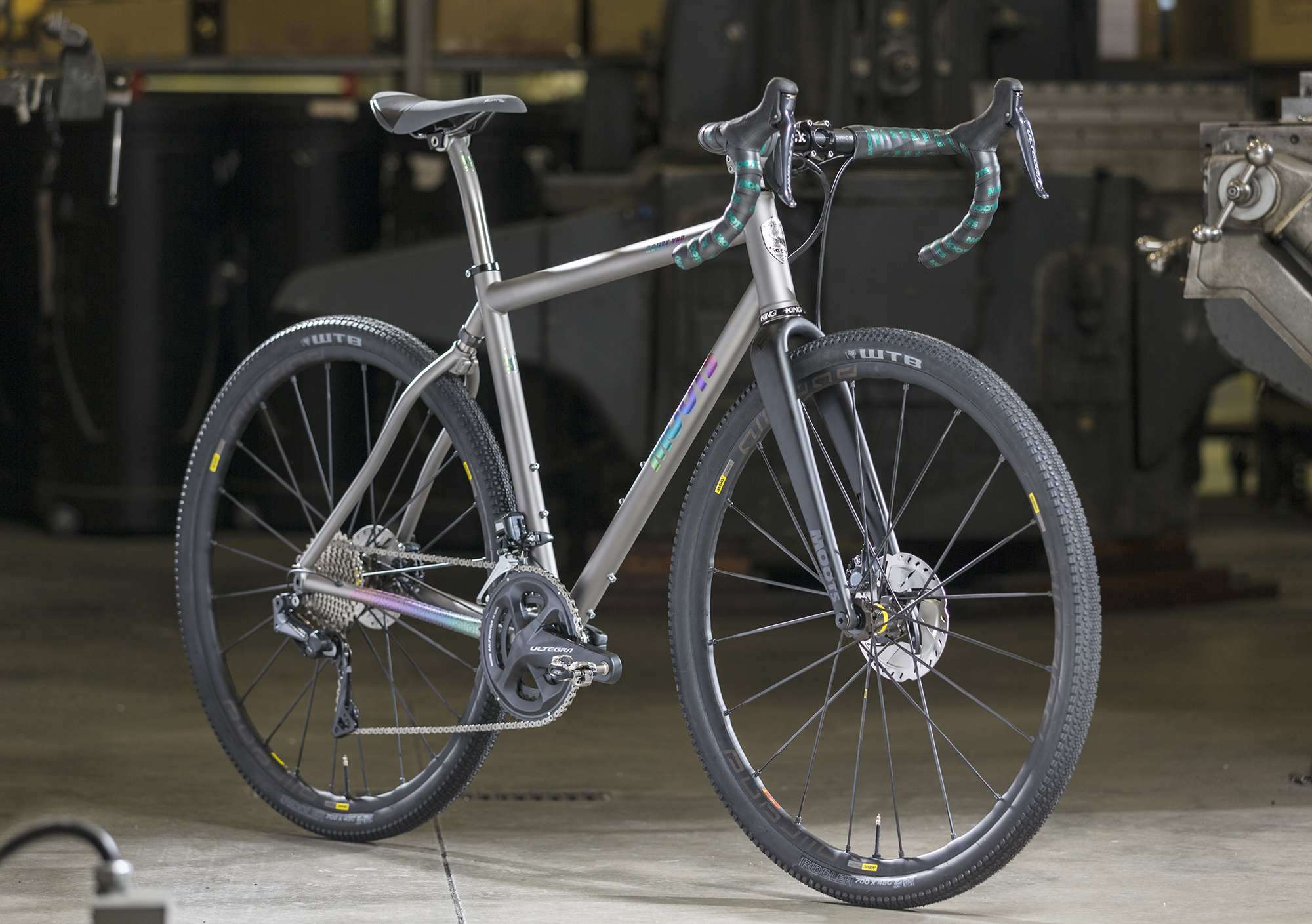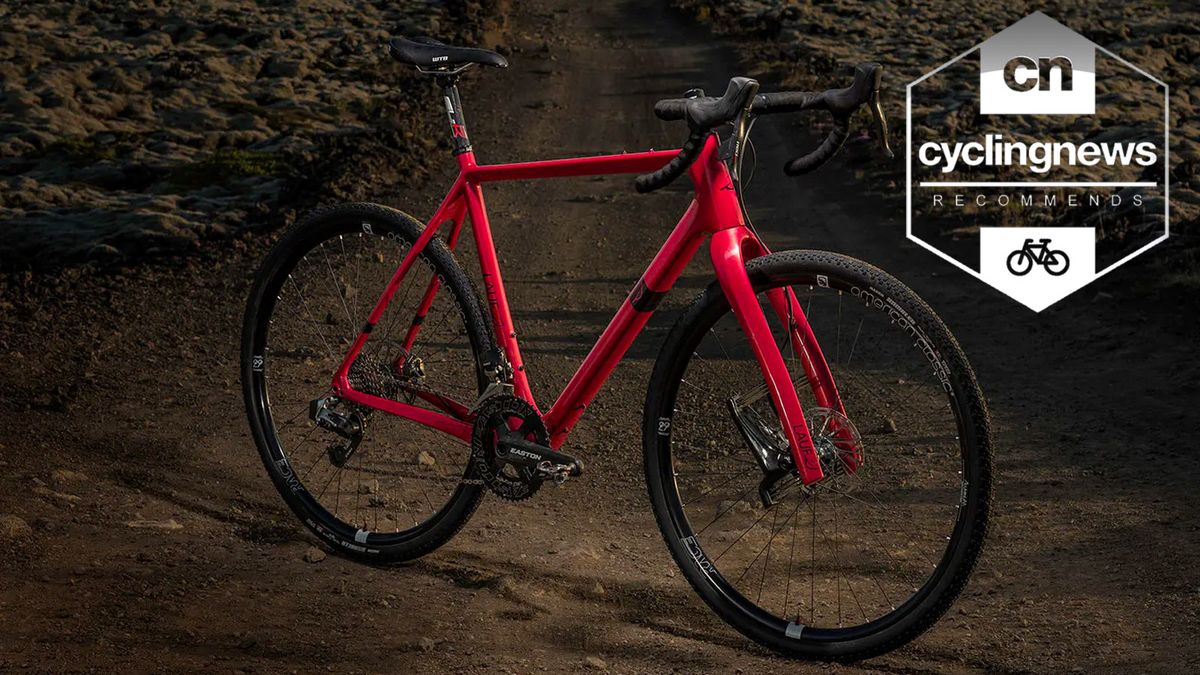

cycling Skye island Downsides of gravel bike touringįrom what we have said in the previous pretty technical paragraph, it seems gravel bikes are as good as touring bikes for traveling. When you buy a gravel you get a commuter, a racer, a tourer, and a cross-country all in one – of course with the due compromises. They are suitable for all but the fastest of road riding, while the wider tires and wider-range gearing make off-road trails, gravel and single tracks manageable. The choice is usually towards 2×11 or 1×10, often with the bigger sprocket going up to 36 or even 42T.Īlthough the initial purpose of gravel bikes is to compete in a cycling discipline called gravel grinding (long races on varied terrain, mostly off the sealed road), their versatility makes them indeed a great solution for multiple cycling pursuits, including extended bicycle touring trips. The gearing is also pretty unique, while cyclocross requires a narrower gear range (short circuits can’t have big long climbs), gravel riding is done on more varied terrain: steep mountains, flat and smooth tarmac, farm roads, single track… this calls for a much wider choice of gear. Most gravel bicycles mount drop-bars, but flat bars and alternative handlebars like Jones Loop H are becoming more and more common on gravels, giving more space for MTB computers, phone mounts, or GPS navigators. The bottom bracket will usually be a little lower than a cyclo-cross bike but still high enough not to get bumps on most rocky trails. It is a feature that works great for multi-day bikepacking trips.ĭisc brakes, fatter tires, eyelets and mounting points that you won’t find on a road bike make most gravel bicycles ideal machines for the increasingly trendy discipline of bikepacking.Ī sloping top tube offers more stand-over height, which is useful in a get-off, while taller head tubes than what you’d expect to see on a ‘cross’ or race bike allow for greater comfort in a more upright rider position. The aim of a long wheelbase is to make the bike more stable both on asphalt and dirt, to provide extra comfort over long distances, and to handle medium-heavy loads.

One of these is the longer wheelbase, found in many gravel bikes, it’s a fundamental characteristic of a touring bike.

Let’s start by listing some features of gravel bikes that make them similar to touring dedicated bicycles. Real answer: it of course depends on many factors. Creator: Stefan Haehnel – Credit: Bikepacking, gestalten 2021 Are gravel bikes good for touring? Our decade-long experience in bicycle touring enables us to find the key cons and pros of every product we mention.

For what we can't test personally, we involve other people in the cycling community to give their feedback and opinion about gear they have used. The SWAT door lets you utilize space lower down on the bike for stability.How we compile our gear guides: during the almost 10 years of our team personally tested dozens of similar pieces of gear. Priced at $6,700Īlso to add to this bikes bikepacking adaptability it features a very unique, internal storage solution in the down tube. You do get 47mm of tire clearance with a 700c wheel and 2.1” with a 650b wheel. Handlebars have a 16 degree flare and the Pathfinder Pro, 2Bliss Ready, transparent sidewall, 700x38mm tires. With the SRAM Force 1, 40T, 42T crank and SRAM XG-1295 Eagle, 12-speed, 10-50t cassette. It is a carbon frame gravel bike with ultra high-end components and hydraulic disc brakes.
#BEST GRAVEL BIKES PRO#
The Pro Carbon features a 1 × 12 Electronic drivetrain with X01 Eagle AXS, Force eTAP groupset. Otherwise save a few thousand and get the Specialized Diverge Pro Carbon. The highest end Specialized S-Works Diverge comes in at $10,000 if you want to go all out. The new Specialized Diverge comes in a few different options, by a few I mean 11 or so.


 0 kommentar(er)
0 kommentar(er)
